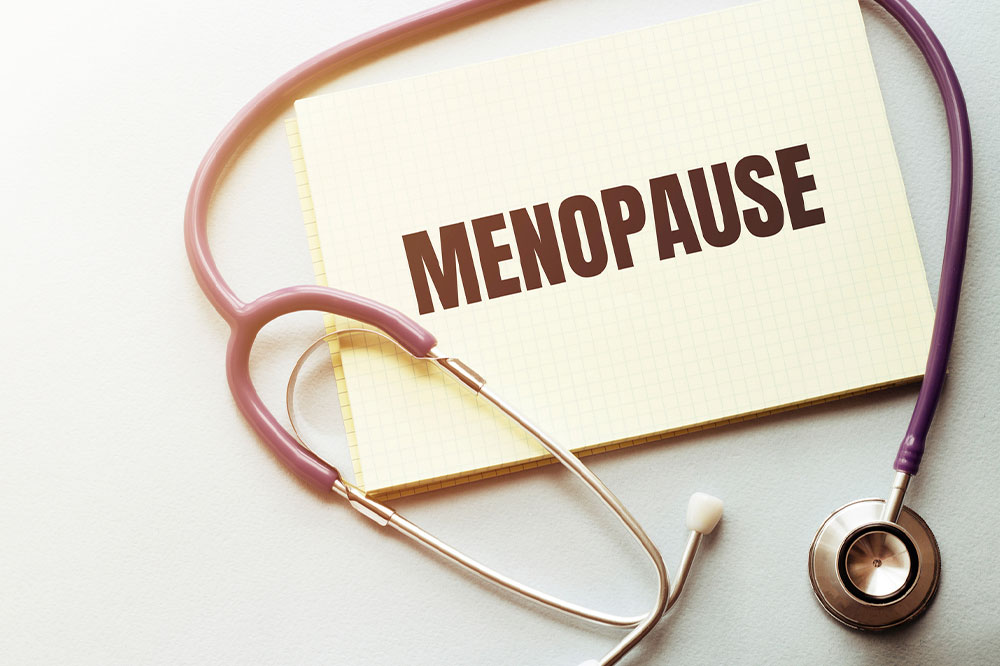Comprehensive Guide to Managing Menopausal Dyspareunia with Intrarosa
Discover how Intrarosa offers an effective solution for menopausal women suffering from dyspareunia. This comprehensive guide covers causes, management options, availability, and usage instructions. Learn how this FDA-approved medication can alleviate painful intercourse and improve quality of life during menopause. Essential information includes dosage, cost-saving tips, and professional consultation advice to ensure safe and effective treatment.

Comprehensive Guide to Managing Menopausal Dyspareunia with Intrarosa
As women journey through aging, their bodies undergo a series of significant physiological transformations. Among the most impactful changes is menopause, a natural biological milestone usually occurring between a woman’s late 40s and early 50s. This phase signifies the end of menstrual cycles and fertility. While menopause is a normal part of aging, it often introduces various physical and emotional challenges that can significantly impact quality of life. These include fluctuations in mood, metabolic alterations, urinary issues such as overactive bladder, and notably, painful sexual intercourse, medically known as dyspareunia.
Dyspareunia, a prevalent concern among menopausal women, manifests as discomfort, soreness, or even pain during sexual activity. The root causes are multifaceted, generally involving factors like vaginal dryness caused by decreased estrogen levels, skin conditions that lead to irritation, vaginal infections such as vaginitis, urinary bladder infections like cystitis, and other related gynecological issues including pelvic inflammatory disease. Additional contributors can include irritable bowel syndrome, which may indirectly influence pelvic discomfort, and general skin irritation or ulceration around the vulva and vaginal area.
Vaginal dryness leading to discomfort
Skin conditions like ulcers, itching, cracks
Vaginitis resulting from infections or inflammation
Cystitis or bladder infections
Pelvic inflammatory disease affecting reproductive organs
Irritable bowel syndrome affecting pelvic comfort
While painful, dyspareunia can often be effectively managed with targeted medications, lifestyle modifications, and specific therapies tailored to individual needs. A notable medication in this context is Intrarosa, which has received approval from the Food and Drug Administration (FDA) for the treatment of dyspareunia associated with menopause.
Availability and Cost of Intrarosa
Intrarosa is widely available at many retail outlets including major pharmacy chains such as Costco, Kroger Pharmacy, Safeway, Rite Aid, and others. The typical cost ranges from approximately $192 to $204 per package. Fortunately, consumers can often reduce their out-of-pocket expenses by leveraging discounts available through platforms like GoodRx, which offers price comparisons and printable coupons to make treatment more affordable.
GoodRx functions as a valuable resource in helping patients locate the best prices for medications and access discounts. To administer Intrarosa, users insert the medication contained within a single-use vaginal applicator into the vagina each night before sleep. The applicator should be discarded after each use for hygiene and safety reasons.
Before application, it is recommended to empty the bladder to avoid discomfort and wash hands carefully to maintain cleanliness. For precise instructions, users should refer to the detailed manual provided with the medication. Consistent use of Intrarosa aims to alleviate moderate to severe pain experienced during intercourse, with treatment duration often recommended for up to 12 weeks to observe optimal benefits.
It is crucial to consult with a healthcare provider prior to initiating any new medication regimen, especially if experiencing unexplained vaginal bleeding or other concerning symptoms. The healthcare professional can provide personalized advice, monitor progress, and address any potential side effects. Managing menopausal dyspareunia effectively improves not only physical comfort but also enhances emotional and relational well-being, leading to a better quality of life during and after menopause.





